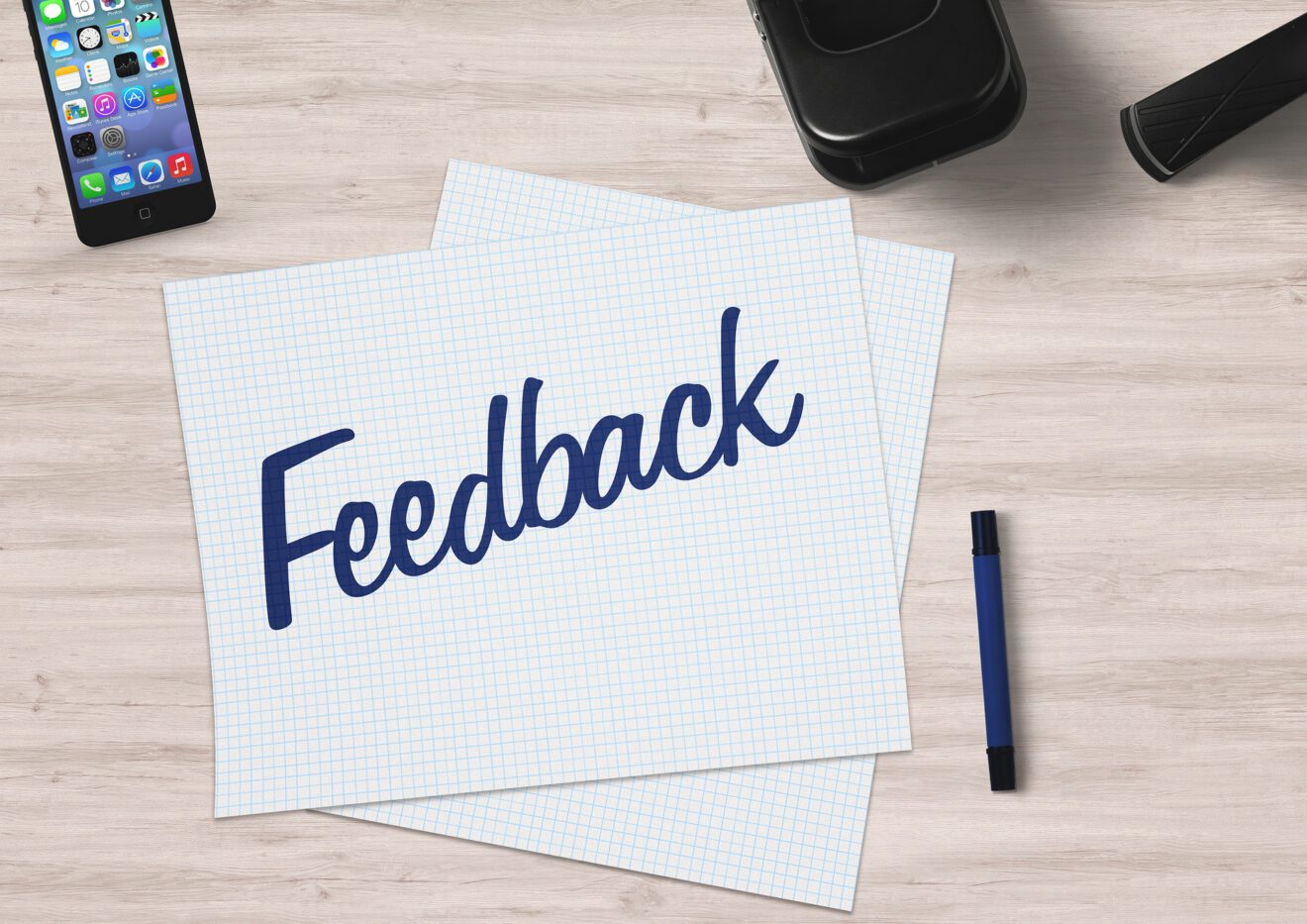Do you talk with your students or to them? I have always enjoyed conversations with my students, but when it came to the topic of learning, I talked to them. I talked and they listened.
I taught and they learned. I gave feedback. I thought I was doing a good job, but now I know better! Today I talk with my students about their learning, not to them.
I no longer take on the role of “Sage on the Stage” rather, I am a “Guide on the Side.” This framework requires dynamic communication about learning. Digital portfolio platforms — we use FreshGrade — allow us to have ongoing conversations that document our learning journeys. We use portfolios to share feedback about goal-setting, assessment of progress, reflection and continuous improvement.
Effective feedback is not one-way communication. The concept of a feedback loop presumes a continuous exchange, a giving and receiving of information. The feedback loop begins by agreeing upon a learning target. Then the conversation continues with assessments, by both teacher and student, of progress made toward the goal. Reflection is an important piece of the conversation and leads to next steps in the learning process.
Feedback can come from me to my student or it could be a self-assessment by a student and shared with me. This part of the conversation can include process level feedback that looks at how a task was completed and whether or not a learning target was met. I might offer guidance, affirmation or suggest a challenge. A student might ask questions. Parents may offer encouragement. It’s all part of the loop, part of our conversation about learning.
The reflection piece of the feedback-loop-conversation is called “feed-forward.” This requires reflection followed by action. In our portfolio conversations, I ask my students questions about their learning process, so that they are better able to self-assess and set subsequent goals. My students are honest in their self-reflections and actively ask for my input regarding their next steps. This is not the end of the conversation; it is just another part of the feedback loop that allows students to reflect and move forward in their learning.
Feedback can also include expressions of gratitude. I frequently thank my students for persevering toward a learning target and students often thank me for my guidance and support. With the help of digital portfolios, I am no longer just talking to my students about their learning; we are exchanging feedback and having important conversations. These feedback-loop-conversations have resulted in substantial growth in student engagement and ownership of learning, in all levels of student achievement, and in parental involvement. I am grateful for the opportunity to use digital portfolios to engage my students, and their parents, in conversations about learning. We have a lot to talk about!
Kathy Cote’ Rogers is a teacher at Pizitz Middle School in Vestavia Hills, AL.
Tech Tips is a weekly column in SmartBrief on EdTech. Have a tech tip to share? Contact us at [email protected].
Like this article? Sign up for SmartBrief on EdTech to get news like this in your inbox, or check out all of SmartBrief’s education newsletters , covering career and technical education, educational leadership, math education and more.
